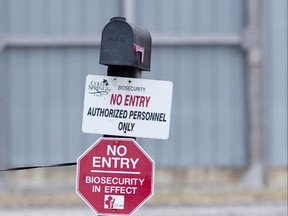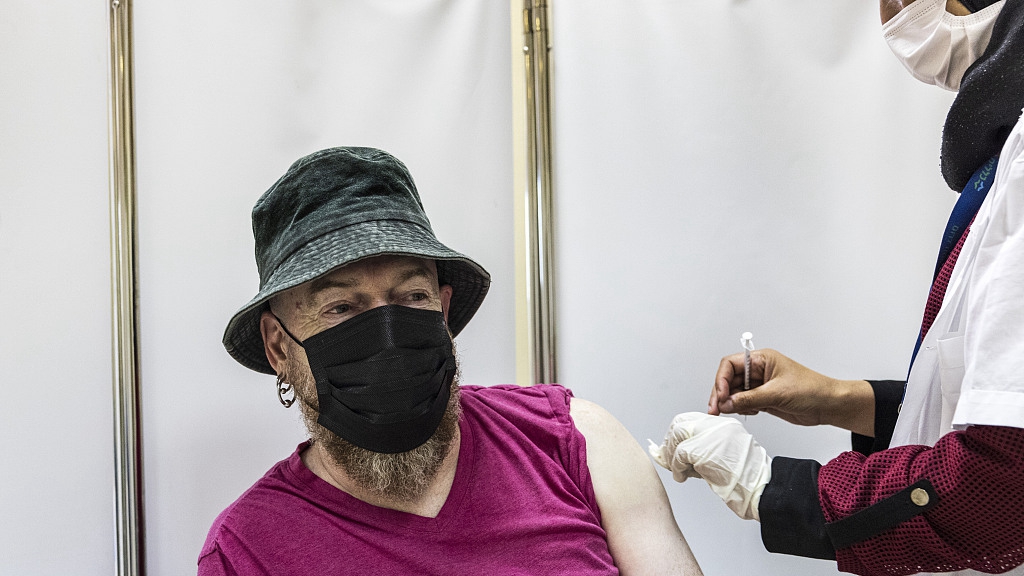The Pennsylvania Game Commission says a “highly pathogenic” avian flu has been detected in a wild bald eagle recently found dead in East Marlborough Township in Chester County, marking the first known presence of the disease since it started spreading in the U.S. in December.
The commission is also testing five wild, hooded merganser ducks suspected of having the HPAI H5N1 strain from Eurasia, known as H5. The birds were recovered from Kahle Lake on the border of Clarion and Venango Counties. Of those, four were found dead, and another was euthanized after developing neurological problems.
Officials say that as of March, the outbreak has spread in domestic and wild birds across more than 20 states in the East and Midwest.
The commission is working with the state and U.S. departments of agriculture, the Wildlife Futures Program at the University of Pennsylvania School of Veterinary Medicine (Penn Vet), and the Pennsylvania Animal Diagnostic Laboratory System to monitor for HPAI in wild and domestic bird populations.
Martin Hackett, spokesman for Penn Vet, said it was too early to comment because authorities are still awaiting a final report on the eagle, as well as results from the merganser samples.
The USDA is reporting detections online on a web page set up for the outbreak. The federal agency says that while avian influenzas in wild birds are common, they can circulate freely without birds appearing sick, and that bird watchers and commercial bird owners should be monitoring for signs.
Waterfowl and shorebirds are considered natural reservoirs for avian influenza viruses, which they shed through feces and saliva. H5 can sicken or kill wild turkey, grouse, hawks, eagles, crows, gulls, ravens, ducks, and geese. Symptoms include neurological issues, such as dysfunctional circling and other problems flying. It is particularly contagious and lethal to domestic poultry.
So far, the outbreak has not had a significant impact on wild birds but “has the potential to significantly affect the commercial poultry industry and international trade,” according to the state game commission.
Indeed, in Mid-March, federal laboratory testing confirmed the H5N1 virus in a commercial broiler farm in Kent County, Del. That followed two other cases on poultry farm operations in New Castle, Del, and Queen Anne’s County, Md., according to the Delaware Department of Agriculture.
So far in Pennsylvania, the virus has only been detected in wild birds.
“Certain raptors appear to be highly susceptible to the virus responsible for this outbreak,” said Andrew Di Salvo, a wildlife veterinarian for the commission. “While there doesn’t appear to be significant population-level impacts, whenever a wild species is highly susceptible to infection by a pathogen, we are concerned.”
Indeed, most strains of avian influenza are low pathogenic, meaning they are less likely to kill.
Di Salvo also said that H5 is highly pathogenic but “doesn’t typically tend to impact songbirds as much as other bird species.”
H5 was ruled out last spring and summer as the cause of a deadly disease that killed scores of songbirds, as well as causing many more deaths in Delaware and at least eight other states and Washington. The disease, which caused ocular and neurological issues in the birds, ran its course after a few months.
» READ MORE: Scientists, experts stumped at what’s killing songbirds in Pa., Del., and 8 other states: ‘It’s frustrating’
Avian influenzas are nearly ever-present and impossible to prevent. Regardless, bird owners should be cautious and make sure they have adequate plans in place to protect their flocks, the game commission warns.
Bird influenzas do have potential to infect humans, but the U.S. Centers for Disease Control and Prevention says the current outbreak is primarily an animal health issue with low risk of jumping to people. Still, people observing wildlife should always do so at a safe distance, and not handle feces from either wild or domesticated birds, especially without protective equipment.
The game commission is asking residents to report any sick or dead wild birds from the listed species by calling 610-926-3136 or reporting them online at pgc-wildlifehealth@pa.gov. Any affected domestic birds should be reported to the state Department of Agriculture at 717-772-2852. And any person feeling ill after having contact with sick or dead birds should call a doctor or contact the Pennsylvania Department of Health at 877-724-3258.
Adblock test (Why?)
Avian flu virus kills bald eagle in Chester County, putting Pa. wildlife authorities on alert - The Philadelphia Inquirer
Read More















/cloudfront-us-east-1.images.arcpublishing.com/pmn/3HTI6X4WP5BP5CCN6FTQVQZFNU.jpg)




